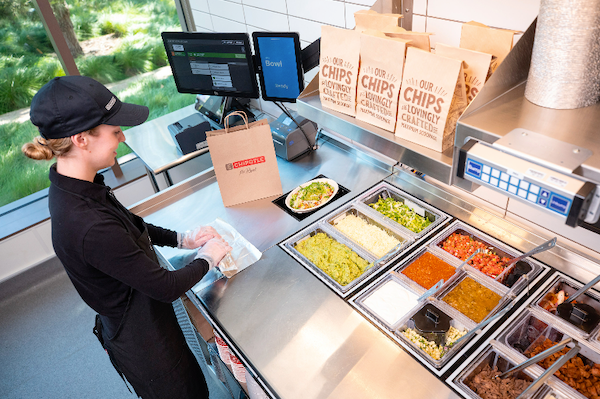This week, it’s not one but many topics that have caught my attention. While it may seem that there is no direct link between them, they show that things are falling into place for the food revolution to happen sooner than expected. Indeed, all along the food supply chain, after years of research, we observe significant movements where products and services are moving out of the lab and almost ready to have a real impact.
1 – Unhealthy foods being impacted by drugs
🇺🇸 💊 Last week, our newsletter discussed food as medicine and mentioned the anti-diabetes drug Ozempic. This has profound implications:
- By 2035, it is projected that 7% of the population could use such drugs to lose or maintain weight.
- For consumers using this drug, Walmart reported that it reduces the consumption of snacks by consumers. However, these consumers are overall consuming more (as healthy foods can cost more than highly processed products, and as they often buy supplements to alleviate the adverse effects of the drugs).
That will be quite a challenge for snacking companies! Some players in this space act like they are surprised. However, we have talked for years about personalised nutrition and the convergence between health and food.
In my opinion, this is only one of the first consequences. Food (and health companies) should pay attention to this space and consider their role in this future, where food and health will be much more intertwined in the consumers’ decisions.
2 – Cooking robots inside authentic restaurants
This week, Chipotle announced that it was testing Hyphen, a robotic kitchen tool that can help it assemble bowls and salads. This technology is quite interesting as it acts as a complement and not a substitution for human work. Look at the video in the link to see how it works). This is an excellent example of how robotics can increase productivity without completely rethinking the restaurant’s kitchen.

3 – CRISPR-edited chickens resistant to avian influenza
CRISPR is a gene-editing technology, often labelled as “molecular scissors”, that allows cutting and modifying sections of an organism’s DNA.
Here, scientists have shown that CRISPR can reduce the impact of bird flu, a virus that threatens animals and humans. This is only preliminary work, as the study reveals that gene-edited chickens were still getting infected when exposed to high doses of the virus. Moreover, we should be cautious of the potential evolution of the virus.
However, I am optimistic about the vast potential of this technology in the food industry in at least four domains:
- Disease-resistant crops and livestock (as shown in the study) in a much more acceptable way than traditional GMO techniques.
- Climate-resistant crops and livestock. This space is essential as we know that our climate will be significantly disturbed in the following decades.
- More sustainable livestock. For example, research is conducted to modify cows’ microbiomes and reduce methane emissions.
- Creating tomorrow’s foods for both sustainability and health reasons: startups are using this technology to create grain crops with much higher protein yields, while others are modifying foods to have them contain more nutrients.
While we are still at the research stage, the body of science and the number of studies using CRISPR around food products is increasing fast. Some products are already on the market in the United States, and we expect to see more of them being authorised in the next few years.







